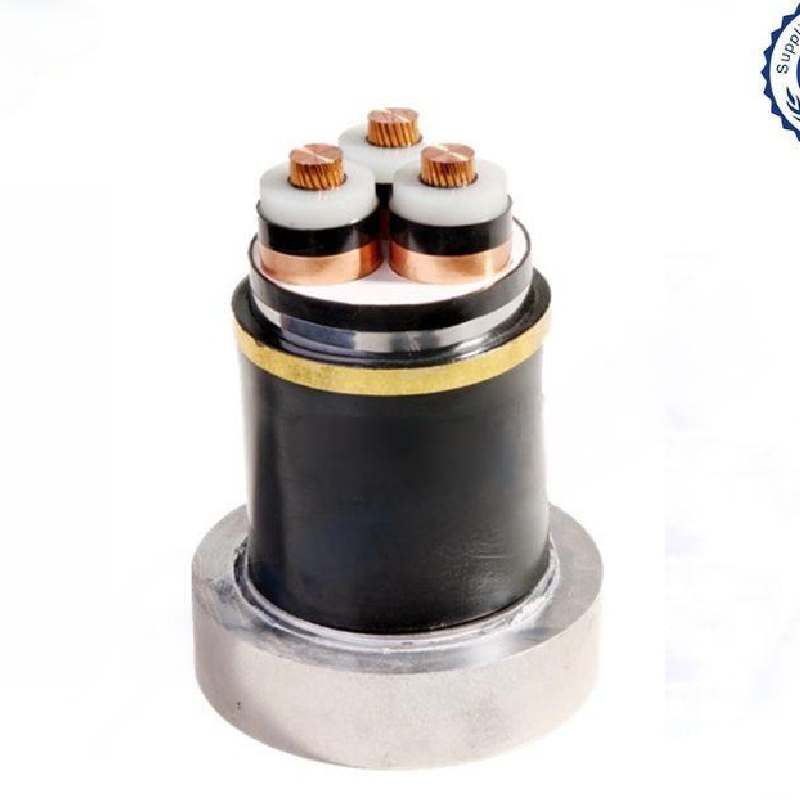10 月 . 04, 2024 03:18 Back to list
foot check valve
Understanding Foot Check Valves An Essential Component in Fluid Systems
Foot check valves, often referred to simply as foot valves, play a crucial role in a variety of fluid management systems. These components are specifically designed to maintain the flow of liquids while preventing backflow, thus ensuring that the pump and piping system operate efficiently and effectively. This article will delve into the structure, function, applications, and benefits of foot check valves.
Structure and Function
Foot check valves are typically installed at the intake of a pump submerged in a liquid, such as water in a well. The primary function of these valves is to allow fluid to flow into the pump while preventing the backflow of that fluid when the pump is turned off. This is crucial for maintaining prime, which is the mixture of liquid that allows a pump to function correctly.
The design of a foot check valve usually consists of a valve body, a strainer to filter out debris, and a sealing mechanism, such as a spring-loaded disc
. When the pump operates, the negative pressure created draws fluid into the pump, and the foot valve opens. Once the pump ceases operation, the weight of the fluid and the spring mechanism close the valve, thus creating a seal that prevents any fluid from flowing back. This simple yet effective mechanism is vital for preserving the integrity of the fluid system.Applications
foot check valve

Foot check valves are employed in a wide range of applications. Commonly found in municipal water supply systems, agricultural irrigation, and industrial liquid handling, they are essential wherever a pump is used to draw liquids from a source. Other applications include swimming pool pumps, dewatering systems, and fire protection systems where maintaining a mechanism that prevents backflow is vital for safety and operational efficiency.
Benefits
The advantages of using foot check valves are manifold. Firstly, they help to maintain the prime in pumping systems, reducing the chances of pump failure or cavitation—conditions that can severely damage pumps over time. Secondly, by preventing backflow, foot valves protect the integrity of the entire system, ensuring that contaminants do not enter the water supply, which is critical in municipal and agricultural contexts.
Moreover, foot check valves are typically low maintenance devices. Once installed, they can function for years without the need for regular checks or replacements, provided they are properly chosen based on the specific requirements of the application—such as fluid type, pressure, and temperature.
Conclusion
In conclusion, foot check valves are essential components in various fluid systems, contributing significantly to the efficient operation of pumps and ensuring the purity and safety of the fluids being conveyed. Their simple design belies the critical function they perform in preventing backflow and maintaining system pressure. As industries continue to innovate and expand, the importance of reliable components like foot check valves will only grow, underscoring the need for careful selection and maintenance to maximize system performance. Whether in residential applications, agricultural practices, or industrial settings, understanding the role of foot check valves is fundamental for anyone involved in fluid management systems.
Share
-
Understanding the Differences Between Wafer Type Butterfly Valve and Lugged Butterfly ValveNewsOct.25,2024
-
The Efficiency of Wafer Type Butterfly Valve and Lugged Butterfly ValveNewsOct.25,2024
-
The Ultimate Guide to Industrial Swing Check Valve: Performance, Installation, and MaintenanceNewsOct.25,2024
-
Superior Performance with Industrial Swing Check Valve: The Essential Valve for Any SystemNewsOct.25,2024
-
Industrial Swing Check Valve: The Ideal Solution for Flow ControlNewsOct.25,2024
-
You Need to Know About Industrial Swing Check Valve: Functionality, Scope, and PerformanceNewsOct.25,2024